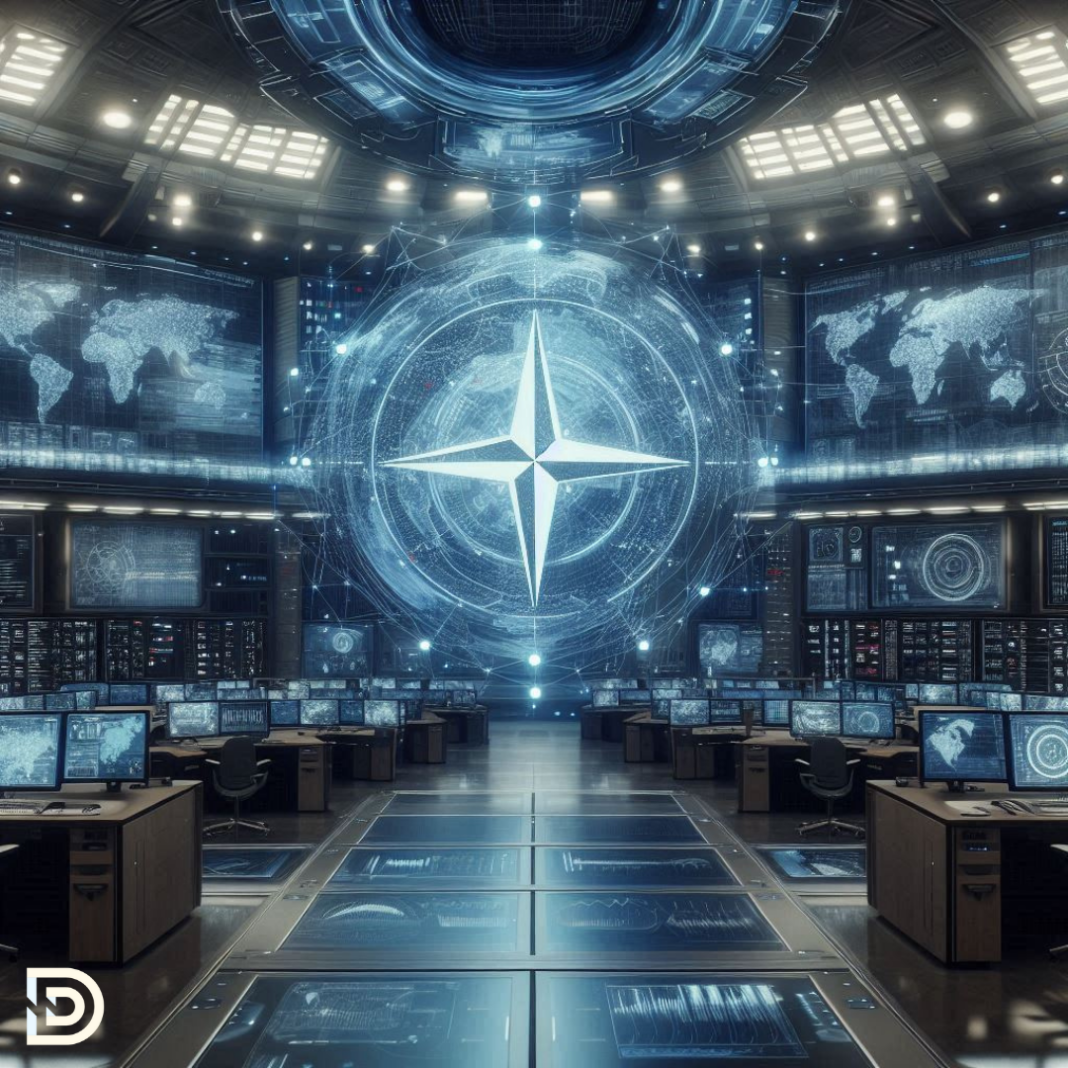NATO, a group of 32 countries united to protect each other, has long defended against military threats. But today, enemies use new tricks—called hybrid threats.
Hidden Dangers: Hybrid Threats in a Digital World
These are sneaky attacks that don’t involve just soldiers and bombs. Instead, they include cyberattacks, digital lies spread online (called disinformation), and tricks to cause confusion, fear, and division in societies.
Countries that don’t like NATO have used these methods to weaken trust in governments. They spread fake news on social media, try to change how people vote, and even crash digital systems in hospitals and banks. These actions are hard to spot right away. That’s because they don’t look like war—but they can hurt countries just as badly.
To fight back, NATO made a plan. In October 2024, defense leaders agreed on a strategy to stop these sneaky attacks. The plan helps all NATO countries work together, share information, and stop threats early. Trained experts now watch digital spaces to catch fake stories and hacking attempts as soon as they happen.
If someone tries to spread lies before an election, NATO can warn the public and remove harmful content. NATO also works with tech companies like social media sites to shut down fake accounts. And if a cyberattack succeeds, NATO helps the country recover—fixing systems and sharing the truth to fight panic in the digital world.
China’s BeiDou Network Reportedly Tracks F-35 Using Revolutionary Heat Signature Detection
Even though NATO fights fake news, it does not stop people from speaking freely. It only acts when outsiders try to trick or scare people. NATO’s goal is to protect both safety and freedom.
Terror Strikes: A Changing Face of Violence
Terrorism still threatens the world, even as NATO shifts to new dangers. After the 9/11 attacks in 2001, NATO helped fight terrorists in Afghanistan. Later, when ISIS rose in Iraq and Syria, NATO supported the battle by training local forces and using surveillance planes.
By 2024, ISIS had lost its territory. But that didn’t end the danger. The group changed tactics. Now it uses small teams or even lone attackers. It still inspires deadly attacks across the globe. For example, a bombing in a concert hall in Russia in March 2024 killed over 100 people. A few months earlier, attacks in Iran were also linked to ISIS.
One new area of concern is Africa’s Sahel region—places like Mali, Niger, and Burkina Faso. Terror groups there are killing civilians and forcing people to flee. This chaos could reach Europe through increased migration and instability.
In a World-First, U.S. Air Force Turns Two Damaged F-35s into Cutting-Edge ‘Frankenjet’ Combat Plane
That’s why NATO is helping nearby countries like Ghana and Ivory Coast. These countries risk becoming the next targets. NATO is sharing intelligence, offering training, and helping them strengthen their security—including digital security. In Iraq, NATO’s mission is now focused on training, not fighting. Troops are teaching Iraqi forces to protect their own country and guard against digital threats so that ISIS doesn’t come back.
NATO’s counter-terrorism plan includes three parts: knowing the threat, having the tools to fight it, and working together with other countries. NATO helps countries build better forces, improve intelligence sharing, and act quickly if danger appears—including digital signs of terrorist activity. Using advanced digital tools, NATO can track movements, spot threats online, and respond before attacks happen.
AI in Action: Technology in the Fight for Security
The rise of artificial intelligence (AI) is changing how both terrorists and defenders act. Enemies use AI to spread lies faster and create fake videos called deepfakes. Hackers use AI to find weaknesses in computer systems. Terrorists can even use AI to help guide drones or plan attacks.
But NATO is also using AI to stay strong. AI helps analysts look at tons of information, like social media posts or satellite pictures, and find signs of trouble early. AI can spot cyber threats quickly and help stop attacks before they spread.
Snubbed by F-35 Deal, Saudi Arabia Fractures Global Fighter Jet Alliances with GCAP Pivot
NATO created programs like the NATO Innovation Fund and DIANA to support tech projects. These focus on AI, robots, and new tools that help keep countries safe. NATO also adopted rules to use AI responsibly—making sure it doesn’t hurt innocent people or go against the laws of war.
By using AI in smart ways, NATO can track threats, fight online lies, and protect both people and democracy. From cyber defense to stopping terrorist messages online, AI is now a key tool in NATO’s defense mission.
NATO’s battle today is not just on land, sea, or air—it’s in the digital world, in our phones, and even in our minds.

